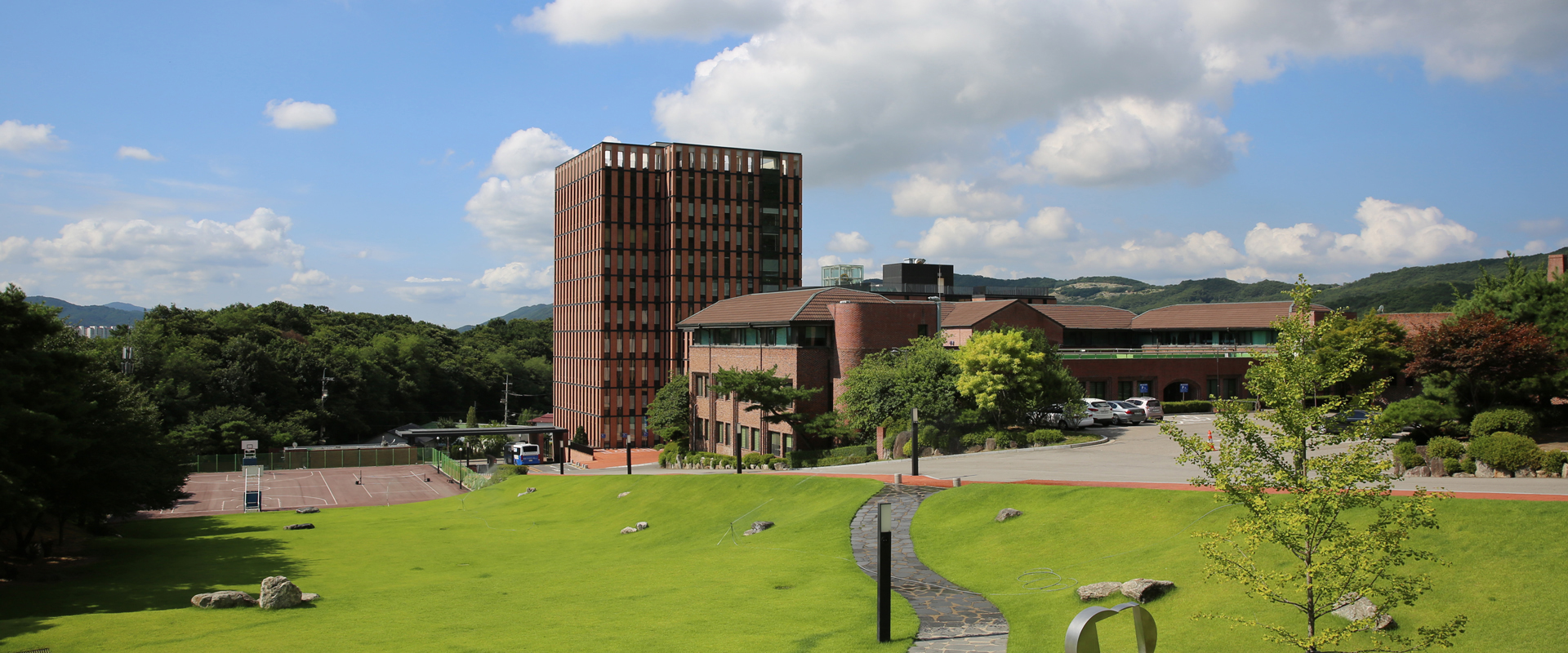Hydrogen peroxide inhibits transforming growth factor-β1-induced cell cycle arrest by promoting Smad3 linker phosphorylation th
Hydrogen peroxide inhibits transforming growth factor-β1-induced cell cycle arrest by promoting Smad3 linker phosphorylation through activation of Akt-ERK1/2-linked signaling pathway
<?xml:namespace prefix = "o" ns = "urn:schemas-microsoft-com:office:office" />
Jiyeon Choi, Seong Ji Park, Eun Ji Jo, Hui-Young Lee, Suntaek Hong, Seong-Jin Kim, Byung-Chul Kim
Biochemical and Biophysical Research Communications, v.435 n.4 p.634-639 (2013)
ABSTRACT
Hydrogen peroxide (H2O2) functions as a second messenger in growth factor receptor-mediated intracellular signaling cascade and is tumorigenic by virtue of its ability to promote cell proliferation; however, the mechanisms underlying the growth stimulatory action of H2O2 are less understood. Here we report an important mechanism for antagonistic effects of H2O2 on growth inhibitory response to transforming growth factor-β1 (TGF-β1). In Mv1Lu and HepG2 cells, pretreatment of H2O2 (0.05?0.2 mM) completely blocked TGF-β1-mediated induction of p15INK4B expression and increase of its promoter activity. Interestingly, H2O2 selectively suppressed the transcriptional activation potential of Smad3, not Smad2, in the absence of effects on TGF-β1-induced phosphorylation of the COOH-tail SSXS motif of Smad3 and its nuclear translocation. Mechanism studies showed that H2O2 increases the phosphorylation of Smad3 at the middle linker region in a concentration- and time-dependent manner and this effect is mediated by activation of extracellular signal-activated kinase 1/2 through Akt. Furthermore, expression of a mutant Smad3 in which linker phosphorylation sites were ablated significantly abrogated the inhibitory effects of H2O2 on TGF-β1-induced increase of p15INK4B-Luc reporter activity and blockade of cell cycle progression from G1 to S phase. These findings for the first time define H2O2 as a signaling molecule that modulate Smad3 linker phosphorylation and its transcriptional activity, thus providing a potential mechanism whereby H2O2 antagonizes the cytostatic function of TGF-β1.
Keywords: H2O2; TGF-β1; Growth inhibition; Smad3 linker phosphorylation
- PubMed ID: 23685151
- Fulltext Link: http://www.sciencedirect.com/science/article/pii/S0006291X13008176


